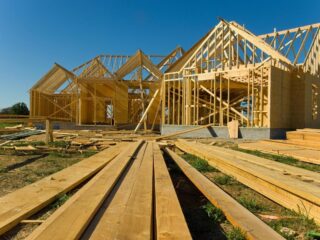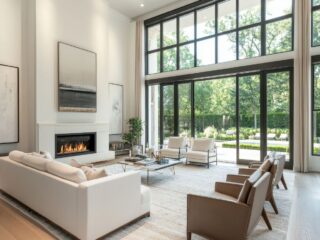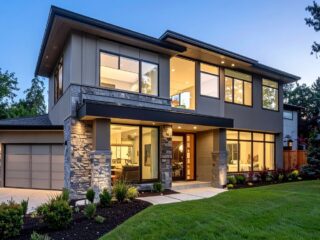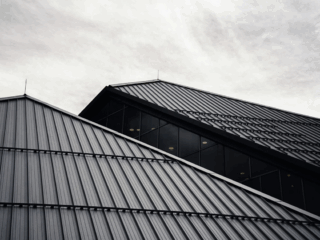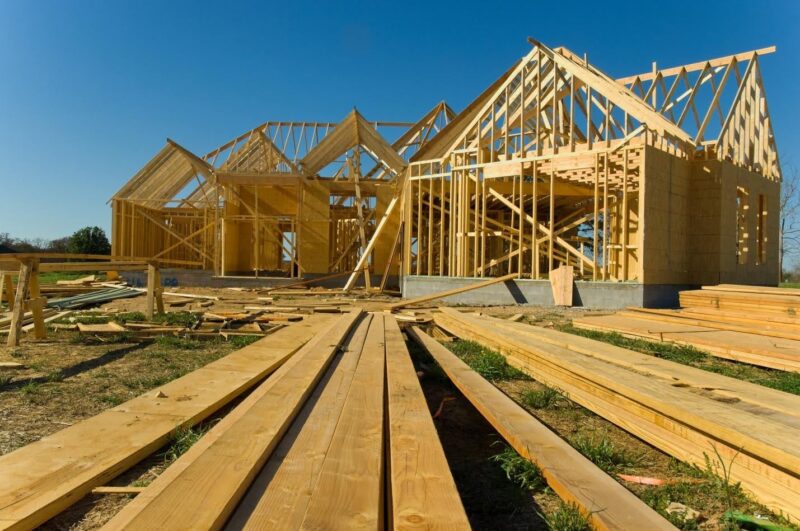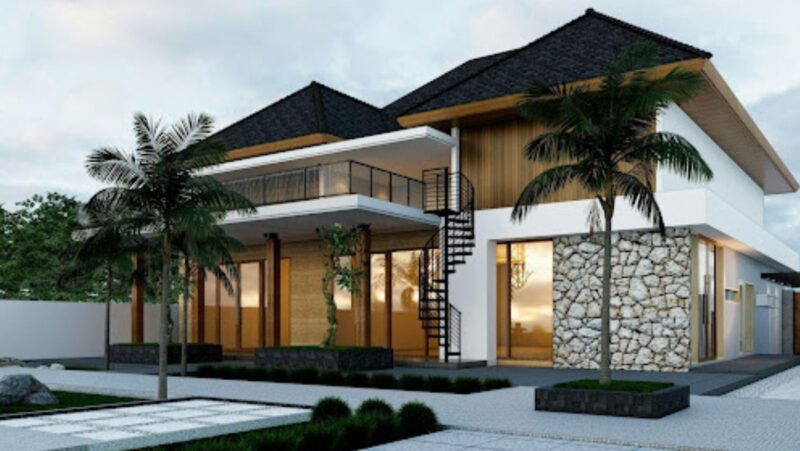
The trend toward sustainable architecture has gained significant momentum over recent years, driven by both environmental imperatives and technological advancements. Cities around the world are embracing green buildings as a necessity rather than a luxury. This shift towards eco-conscious design is evident in the innovative projects sprouting across prominent urban landscapes. As you explore the evolving architectural scene, you’ll notice how sustainability has become a central theme, not only enhancing the living experience but also contributing to environmental conservation.
Eco-conscious architecture is rapidly transforming the landscape, blending sustainability with luxury. In Dubai, this trend reflects a broader global movement towards environmentally responsible building practices. Architectural marvels like Avra & Aurora set new standards in integrating ecological considerations with aesthetic excellence.
The Role of Sustainability in Modern Property Development
Sustainability has emerged as a cornerstone in contemporary property development, influencing design philosophies and construction methodologies. Developers are increasingly prioritizing energy efficiency and reduced carbon footprints as key objectives. This focus is not merely a response to regulatory pressures; it represents an ethical commitment to future generations. By adopting sustainable practices, developers aim to create structures that harmonize with the natural environment while providing functional and comfortable living spaces.
Green building certifications and standards now play a crucial role in shaping the industry. These benchmarks encourage the use of renewable materials and innovative technologies, such as solar panels and rainwater harvesting systems. Furthermore, integrating green spaces within urban developments enhances biodiversity and improves air quality, offering tangible benefits to residents. As you delve into the realm of modern architecture, it becomes clear that sustainability is no longer optional but a fundamental element of responsible development.
Investors and homeowners alike are recognizing the value of sustainable properties, which often command higher market values and offer long-term cost savings through energy efficiency. This growing awareness is reshaping consumer expectations and driving demand for environmentally friendly homes. The emphasis on sustainability not only addresses ecological concerns but also aligns with a broader cultural shift towards mindful living.
Avra & Aurora: Leaders in Luxury Eco-friendly Design
In the realm of luxury real estate, Avra & Aurora stand out as exemplary models of eco-friendly architecture. These residential towers seamlessly incorporate sustainable features without compromising on opulence or style. Their designs reflect an innovative approach to blending environmental stewardship with high-end living, setting new benchmarks for what luxury can entail in an eco-conscious era.

One notable aspect of these developments is their use of advanced technologies to minimize energy consumption. Smart home systems regulate lighting and climate control efficiently, ensuring optimal comfort while reducing waste. Additionally, their incorporation of green roofs and vertical gardens not only enhances aesthetics but also contributes to thermal regulation and air purification.
The strategic use of locally sourced materials further underscores their commitment to sustainability. By reducing transportation emissions associated with importing materials, these projects exemplify how careful planning can significantly lower environmental impacts. As you examine these residences more closely, you’ll appreciate how they redefine luxury by embedding sustainability at their core.
Enhancing Design and Functionality with Sustainable Elements
The integration of sustainable elements into architectural design enhances both form and function, elevating the overall living experience. Energy-efficient windows and insulation are just some examples of how design choices can improve thermal comfort while cutting energy costs. Water conservation features like low-flow fixtures and greywater recycling systems also contribute significantly to resource efficiency.
Moreover, sustainable architecture often incorporates innovative spatial planning that maximizes natural light and ventilation. Such designs reduce reliance on artificial lighting and HVAC systems, leading to healthier indoor environments. This thoughtful approach to design extends beyond mere aesthetics; it fosters a harmonious interaction between occupants and their surroundings.
The adaptability of these sustainable features allows for personalization without sacrificing ecological integrity. As you explore contemporary architectural projects, it becomes apparent that incorporating green technologies not only supports environmental goals but also enhances lifestyle quality by promoting health and well-being.
The Impact of Sustainability on Architectural Practices
Integrating sustainability into architectural practices is crucial for fostering a greener future. By focusing on eco-friendly designs, architects contribute positively to mitigating climate change impacts while promoting environmental stewardship. This commitment extends beyond individual projects; it reflects a broader societal responsibility towards preserving natural resources.
The ripple effect of adopting sustainable practices is profound, influencing industry standards globally. As more architects embrace green principles, there is an increasing emphasis on collaboration among stakeholders to develop innovative solutions that address complex environmental challenges. This collective effort drives progress toward achieving carbon neutrality goals on an international scale.
Your engagement with this transformative movement plays a pivotal role in shaping how cities evolve sustainably. By advocating for responsible building practices, you support initiatives that prioritize ecological balance alongside human needs. The journey towards sustainable development is ongoing; however, each step taken brings us closer to realizing a harmonious coexistence with our environment.




